Bringing back the Elms
A plan to propagate disease resistant Elm saplings to enable a new generation of Elm trees in Cambridge
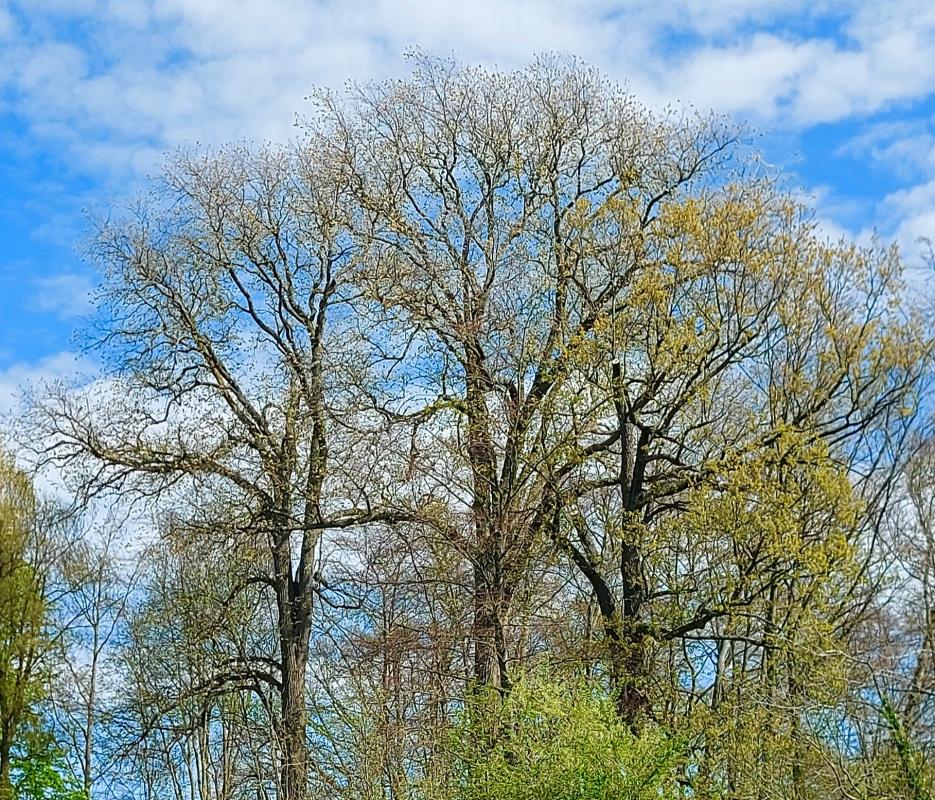
Pictured above: Giant Elms at Queens' College, Cambridge (photo by Duncan Mackay)
Duncan Mackay, Rutherford's Environmental Officer, writes:
Many of us will remember the days when Elm trees were the biggest trees in town. Those lovely tall slender trunks reaching for the sky, home to so many rookeries and such important parts of the landscape that everybody took for granted until one day they were gone. Constable painted them when he created his wonderful depictions of Suffolk, towering over the Haywain or Willy Lott’s cottage. In Cambridge every park had its Elms, they grew around churches and along streets. But they had their shortcomings, because in Britain we had varieties that could not set seed. So all the trees were propagated by taking cuttings from just a few varieties of Elm. The trees produced suckers and those grew to be the new generation, spreading slowly by themselves, but quickly with the help of man. Then disaster struck and this awful disease, a fungus called Ophiostoma which was spread by the Scolytus Beetle became known as Dutch Elm Disease. The beetle moves from one tree to the next taking the disease with them. Soon it was everywhere.
So of course the first reaction was to control the outbreak by cutting down diseased trees. One by one these magnificent specimens were felled and replaced by plantings of other trees such as Oak, Ash and Lime. In towns and cities Plane trees were planted as they were regarded as resistant to pollution and well adapted to urban situations. So we lost something that was so quintessentially British. The Elm vanished from sight and was almost forgotten about. But over the pandemic, the Cambridge Natural History society has been taking a hard look at what wildlife we have in the city. To our great delight we found six giant Elms still growing and showing no signs of the disease. These included one tree growing at Queens’ College, Cambridge, which has proved to be the biggest of them all. It is in fact the biggest Elm tree in Britain. It has resisted the disease and remains the biggest tree on the backs. It is especially important because it is known as a Chichester Elm, which is a very distinct variety of the species, known as Ulmus × hollandica ‘Cicestria’. This variety has until now been quite scarce and four trees have been identified by DNA analysis, one in Bedford, one in Norwich and two trees at Queens’ College. There are of course other varieties of Elm still growing in hedgerows around the country. But while these trees can manage to get to be perhaps 20 feet tall, eventually they all become infected and die back to ground level again. So to find giant Elms still growing healthily is a great discovery.
Some years ago Queens’ College did an experiment. They took some living shoots from the biggest tree and had some clones made by micro propagation. This is a process where you take some plant cells and clean them by putting them in some rather potent chemicals. The cells are then grown in cell culture to produce a mass of tissue which with the application of plant hormones can be made to grow roots and shoots, eventually becoming new little trees. It is quite a difficult process and needs sterile conditions to work properly. But the college produced a number of small trees which were distributed around the University. They even sent one back to Chichester Hall in Essex, where the variety was first propagated. One of these clones was planted in the college and is still growing healthily today.
Many of us will remember the days when Elm trees were the biggest trees in town. Those lovely tall slender trunks reaching for the sky, home to so many rookeries and such important parts of the landscape that everybody took for granted until one day they were gone. Constable painted them when he created his wonderful depictions of Suffolk, towering over the Haywain or Willy Lott’s cottage. In Cambridge every park had its Elms, they grew around churches and along streets. But they had their shortcomings, because in Britain we had varieties that could not set seed. So all the trees were propagated by taking cuttings from just a few varieties of Elm. The trees produced suckers and those grew to be the new generation, spreading slowly by themselves, but quickly with the help of man. Then disaster struck and this awful disease, a fungus called Ophiostoma which was spread by the Scolytus Beetle became known as Dutch Elm Disease. The beetle moves from one tree to the next taking the disease with them. Soon it was everywhere.
So of course the first reaction was to control the outbreak by cutting down diseased trees. One by one these magnificent specimens were felled and replaced by plantings of other trees such as Oak, Ash and Lime. In towns and cities Plane trees were planted as they were regarded as resistant to pollution and well adapted to urban situations. So we lost something that was so quintessentially British. The Elm vanished from sight and was almost forgotten about. But over the pandemic, the Cambridge Natural History society has been taking a hard look at what wildlife we have in the city. To our great delight we found six giant Elms still growing and showing no signs of the disease. These included one tree growing at Queens’ College, Cambridge, which has proved to be the biggest of them all. It is in fact the biggest Elm tree in Britain. It has resisted the disease and remains the biggest tree on the backs. It is especially important because it is known as a Chichester Elm, which is a very distinct variety of the species, known as Ulmus × hollandica ‘Cicestria’. This variety has until now been quite scarce and four trees have been identified by DNA analysis, one in Bedford, one in Norwich and two trees at Queens’ College. There are of course other varieties of Elm still growing in hedgerows around the country. But while these trees can manage to get to be perhaps 20 feet tall, eventually they all become infected and die back to ground level again. So to find giant Elms still growing healthily is a great discovery.
Some years ago Queens’ College did an experiment. They took some living shoots from the biggest tree and had some clones made by micro propagation. This is a process where you take some plant cells and clean them by putting them in some rather potent chemicals. The cells are then grown in cell culture to produce a mass of tissue which with the application of plant hormones can be made to grow roots and shoots, eventually becoming new little trees. It is quite a difficult process and needs sterile conditions to work properly. But the college produced a number of small trees which were distributed around the University. They even sent one back to Chichester Hall in Essex, where the variety was first propagated. One of these clones was planted in the college and is still growing healthily today.
The Head Gardener of Queens’ College, Steve Tyrell, first showed me the Elms several years ago, when I popped in to talk to him after one of our weekly meetings. He was very helpful and put me in touch with all the other head gardeners for our Natural History Society project. The fact that the cloned tree was doing so well was a particularly promising result of their experiment. So when the Rutherford club council decided to make me the Club Environmental Officer, it occurred to me that we could perhaps produce the Rutherford clone of the giant Elm and use it to start the process of bringing the Elms back. So I have investigated the cost of the micropropagation process. I have also tried conventional hardwood and softwood cuttings as an easier alternative. So far this looks very promising and hardwood cuttings in particular look like a good way to produce lots of new trees. So if any green-fingered members want to try their hand at helping me grow a stock of Elms...we could soon be on the way to getting a new generation of Elms in Cambridge.
Contact Duncan Mackay about this page:
'What We Do' Main Pages:
From 1 February attendance at our Thursday lunch and dinner meetings must be pre-booked by 12 noon latest on the Tuesday of meeting week, using our online Tito booking system. Visitors information and booking link details below
more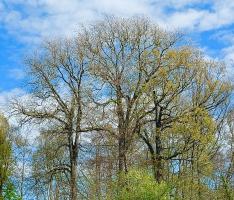
A plan to propagate disease resistant Elm saplings to enable a new generation of Elm trees in Cambridge
more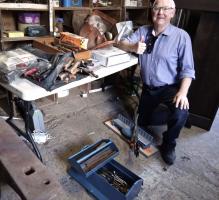
Rutherford supporting the charity Tools For Self Reliance by organising the collection of usable tools, which are then shipped to Africa
moreBulletins are published three times per year and record all our meetings and events. Click links below to read
more
Rutherford's help for home schooled children that have been disadvantaged by not having adequate access to IT equipment
more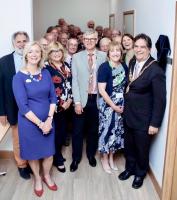
Unveiling of a special plaque to commemorate Rutherford's support of the Library by the Mayor of Cambridge
more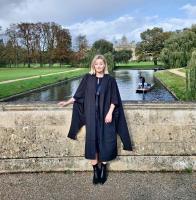
We are delighted to welcome Sophie Philip who was awarded a Rotary Global Grant Scholarship to study an MPhil in Criminological Research at Cambridge University
more
To celebrate World Polio Day on 24 October, Rutherford joined other Cambridge Rotary Clubs to raise public awareness of the continuing fight to eradicate Polio from the World
more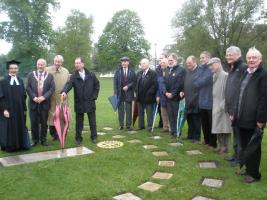
The Human Sundial in memory of Vernon McElroy is officially unveiled by the Mayor of Cambridge on 8 May 2014
more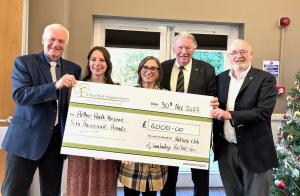

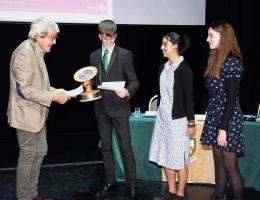


.jpg)